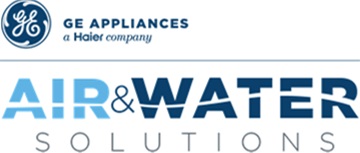This On Demand CEU is a recorded presentation from a previously live webinar event. For many architecture and engineering firms, the business is not just a career, but a lifestyle. However, when the time comes to retire or slow down, the most important investment you can rely on might not be your 401(k), IRA, or real estate portfolio—but your firm. Succession planning is not just about ensuring your practice can continue without you; it’s about building a valuable asset that can provide significant financial security and wealth, potentially making your firm your most significant retirement asset.
Presented by Steve Burns, FAIA, Founder of The Well-Designed Firm, this session is an essential webinar on the best practices for succession planning and leadership transition designed specifically for firm owners who may not have considered the long-term financial benefits of planning ahead. Steve will show you how to strategically grow your firm’s value, preparing it for a successful transition that can offer you the financial freedom to step back when you are ready.








